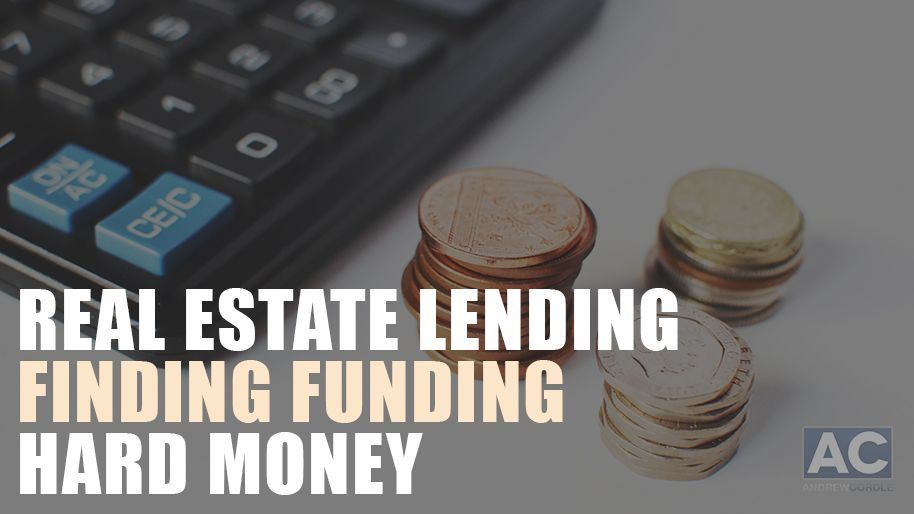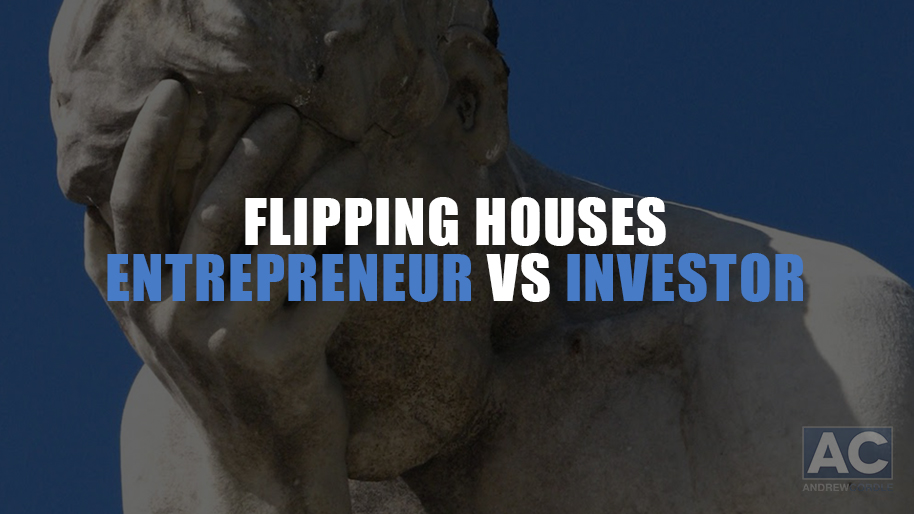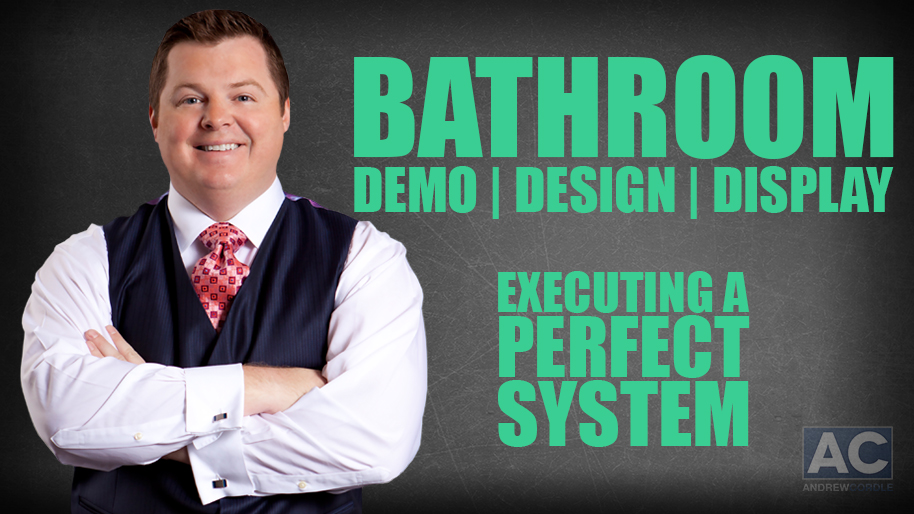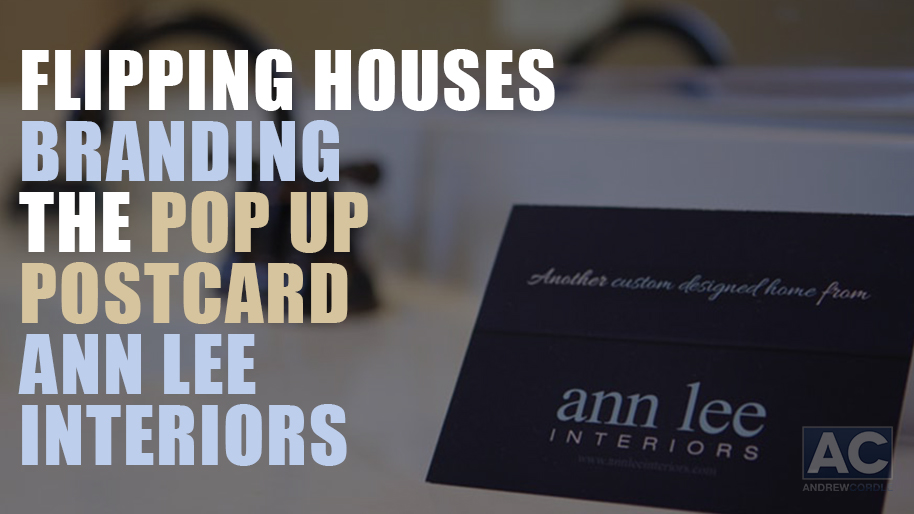Blog
Real Estate Lending: Finding Funding – Hard Money
December 16, 2014Finding Funding Series – The Hard Money Lender During the series introduction, I listed five funding sources for every investor. In the introduction, I merely skimmed over the five funding options. However, we’ll be discussing each funding option in more detail, beginning today with “HML” or Hard Money Lending. A hard money lender is a very easy route for investors. Why? Because HML’s are in the business to loan YOU money! It’s how they make money. As I mentioned previously, any investor worth his salt uses or at a minimum, has access to all five lending sources that I listed in the series introduction. In my opinion, HML’s are the easiest way to access funding. This is especially important for inexperienced investors. These beginner investors have a tendency to become obsessed with finding the cheapest “private” money, meanwhile, there’s an HML right up the road who is in-business to loan you money! Sure, maybe his terms are not exactly what you want but remember, don’t step over a dollar to save a dime! Hard money doesn’t necessarily have to be your only source for funding but it should take priority as the easiest way to get funding for your first flip. I just so happen to be in the middle of several large flips. I am currently closing on a home with a $500,000 purchase price. Yes, my other flips use other sources of funding, but for this one, I needed a hard money lender because of the price. I am in no-way a beginner investor as I’ve spent over a decade in the industry – but I still use hard money lenders for certain situations. Especially situations in which the purchase price is a little higher and I need guaranteed approval. How does a hard money loan work? 1. An HML loans you funds to both purchase and rehab your investment. In most HML cases, one has to come to closing with roughly 10-20% down depending on the lender. 2. HML’s will give you the option of a six or twelve month plan. I recommend a twelve month plan. Six months can work if everything goes perfectly. But if things don’t go as planned and the home doesn’t sell, the HML can foreclose or charge additional points or interest. 3. HML’s make their money by charging you points/interest. One point equals 1% of the total loan. Interest will generally be anywhere between 12-18%. 4. HML’s typically do not charge a pre-payment penalty so one can pay off the loan amount at any time without being charged additional monies. 5. One will usually receive the rehabbing construction funds in several draws. These draws can be set-up in many different ways. For example, let’s say we have a $30,000 rehab project. In this case, one would typically set-up three separate $10,000 draws. You would then proceed to complete $10,000 worth of work and then would request another draw for $10,000. The lender will then send an inspector to your flip. As long as the work is completed, the lender will release the next $10,000. 6. Once you prove yourself, HML’s will likely be wiling to do multiple deals with you at the same time. You just need to prove...
read moreFlipping Houses: Entrepreneur vs Investor
December 16, 2014Do you know how to make money in real estate? Are you into flipping houses? What are you? Would you consider yourself an entrepreneur or do you consider yourself an investor? Defined: An Entrepreneur is “When money, sweat, hard work, time, effort, energy and opportunity make you money”. An Investor is “when your money makes you more money”. I cannot stress enough the importance of making sure that you have a solid foundation in this industry. Your foundation is what you’re doing in real estate and what you hope to accomplish. Thousands of investors get into the real estate investing business and they enjoy it. For a while. Then they’re out as fast as they jumped in. Why? Their foundation wasn’t solid! We all want to avoid becoming a casualty of the real estate investing war. Let’s discuss what you can do in order to avoid washing out. When I was first starting out investing in Atlanta real estate, I focused almost solely on the flip, or the buy/fix/sell side of things. I was flipping between 15-25 houses every month. Some of those flips were new construction and some of them were major rehabs. At that time in my life, if someone would have asked me, “Andrew, are you a real estate investor”, I would have replied, “yes, of course I am”! I’ve maintained a staff of 22 people and I was building and flipping homes. Also I was investing my money and I was buying foreclosures. Fixing them up and then selling them. But when the market collapsed and the bubble burst – I lost all of it. My biggest lesson at the time? I realized that I wasn’t an investor! I thought I was an investor that entire time when in all reality, I was actually an entrepreneur. If you claim to be an investor but you’re not one, how are you ever going to become one? The problem is that you think you already are an investor! You need to know what you are first. To be honest, I consider myself a little bit of both. That’s what I recommend to my students. It’s likely that you’ll start out as an entrepreneur and work your way up eventually to be an investor. Most of you are outright entrepreneurs. That’s okay! It’s powerful and can make you a lot of money. Just don’t get caught-up thinking you’re one thing, when in a reality you are the exact opposite! So what do you consider yourself to be? Identify yourself. A quick and easy way to answer this question is this. Say you were to go on a 3-month vacation cruise, not working the entire trip, would you still generate the same income as you would while you’re home? If the answer is no, you’re an entrepreneur. If the answer is yes, then you, my friend are an investor! ...
read moreDIY: How to Flip a House – Bathroom 1 of 15 (Video)
December 16, 2014Investors that are learning how to flip a house must understand. The bathrooms are one of the most important items in your flip. Andrew shows you how to take that average bathroom and turn it into something right out of an interior design magazine. This is another very important subject for investors learning how to flip a house. ...
read moreStruggles From Our Past Can Help Us Today! Real Estate Investor Leadership
December 16, 2014Leadership in real estate and for investors is paramount. Often, when flipping houses or learning how to make money in real estate one finds themselves in the middle of a struggle. One must learn to use the lessons of struggle in our past and apply it to our business today. Learning from past struggles will help every investor be a better leader and make more money flipping houses! Mark Morey operates a survival training school called Vermont Wilderness Survival School in Brattleboro, Vermont. His focus is teaching children ancient native skills of survival. Author Laurence Gonzales writes, “Morey is one of the few people I’ve ever met who would survive being dropped naked into the woods”. Morey makes an interesting observation about children. “Inner-city children did better in survival training than ones from the suburbs, because the suburban children have no predators“. Inner-city kids learn the secret routes, the shortcuts that keep them safe from the tough crowd. Our challenges in life are often bigger than we are, but if we buckle and run from every large problem, we’ll be running the rest of our lives. Sometimes you gotta man-up and face the challenge. Survival doesn’t depend on the size of your resources; it depends on the size of your heart! Too often, a mature adult finds himself in either a treacherous divorce that reduces him to zero assets or in a financial loss that burdens him with a mountain of debt. Maybe some may find themselves imprisoned as a fall guy for the “untouchable bosses” who deflected their wrong doing. Or even as a convicted criminal for a genuine mistake in judgment. Unfortunately, survival is not well-taught in our homes and schools. We have grown up soft, spoiled and with the feelings of entitlement. We consider ourselves to be “roughing it” if the television doesn’t operate properly during the big game. If our air conditioning unit fails on a hot humid night. Even if our power goes out for more than a few hours from a major storm. We have not been well-schooled in the practice of surviving or of enduring hardship. Regardless of how technologically advanced we become or how secure and safe we feel with insurance and home alarms, we have yet to find a way to avoid the emotional jungles of loss, death, pain, and rejection. GPS, compasses, MRE’s (meals ready to eat), modern clothing and footwear. All are super to have outdoors. Yet what does one do when the back pack with all the techno-gizmos and food falls over the ledge. If it’s carried away downstream when the canoe overturns? We don’t call them accidents for nothing. They are not planned, they just happen. The hand loses its grip or the foot slips on a ledge. Marriages implode, markets collapse, the housing industry plummets and your loan is called by the bank. All unplanned “accidents” that thrust you into the “deep woods” of being lost. That is when your survival background kicks in. If your survival background consists of calling AAA Roadside Service, then your chances of surviving a major tragedy are likely alarmingly grim. This is why it is wise to be fully engaged in physical and competitive fitness and sporting activities. Certainly, taking survival-type courses can teach...
read moreFlipping Houses: Branding – The Pop Up Postcard – Ann Lee Interiors
December 16, 2014During today’s flipping houses – branding portion of our journey, I’d like to briefly discuss how we promote our brand even further when flipping houses, by using small AnnLeeInteriors.com pop-up postcards. So far, we have covered a broad range of subjects: – overview of Ann Lee Interiors – the importance of photography – the proper way to write the description of the “house” – front yard signs – custom keys As we tour the house, you’ll notice that our brand is subtly all over the place. Everywhere you look, there’s something promoting AnnLeeInteriors.com. So let’s talk about the Ann Lee Interiors “pop-up” branding postcards. We have two sizes, 4×6 and a smaller one about the size of a business card. On the back of the smaller version, there are home-related quotes printed on one side. I have included images of these cards for your convenience. You may think it sounds silly to be placing something like simple little pop-up cards throughout the house. Maybe you think it’s overkill, but I can assure you, it works! The idea behind this concept is that from the time the buyer arrives until the time they leave, we are sending out “soft” reminders throughout the house that this is a custom house from AnnLeeInteriors.com. As I’ve mentioned in my other AnnLee articles, our goal is for the buyer to associate the positive, feel-good feelings they had in the house with our brand, AnnLeeInteriors.com. It’s that simple. We place around 10-12 pop-up postcards all throughout the house. Some good areas to place them are: Window ledges Fireplace mantle Table-tops End-tables Countertops Bathroom sink counter Back of the toilet Top of the oven There’s a multitude of areas to place these cards. Remember, these are used as soft, subtle reminders of our brand. We’re reinforcing our brand and the positive feelings associated with it by a “whisper” approach rather than a “screaming” approach! The bottom line is this: if your potential buyer enjoys the “experience,” in most cases, they’ll be willing to pay more for your product. It works for Starbucks so take these simple lessons, apply them to your business model for branding, and the rest will take care of itself! ...
read more

































